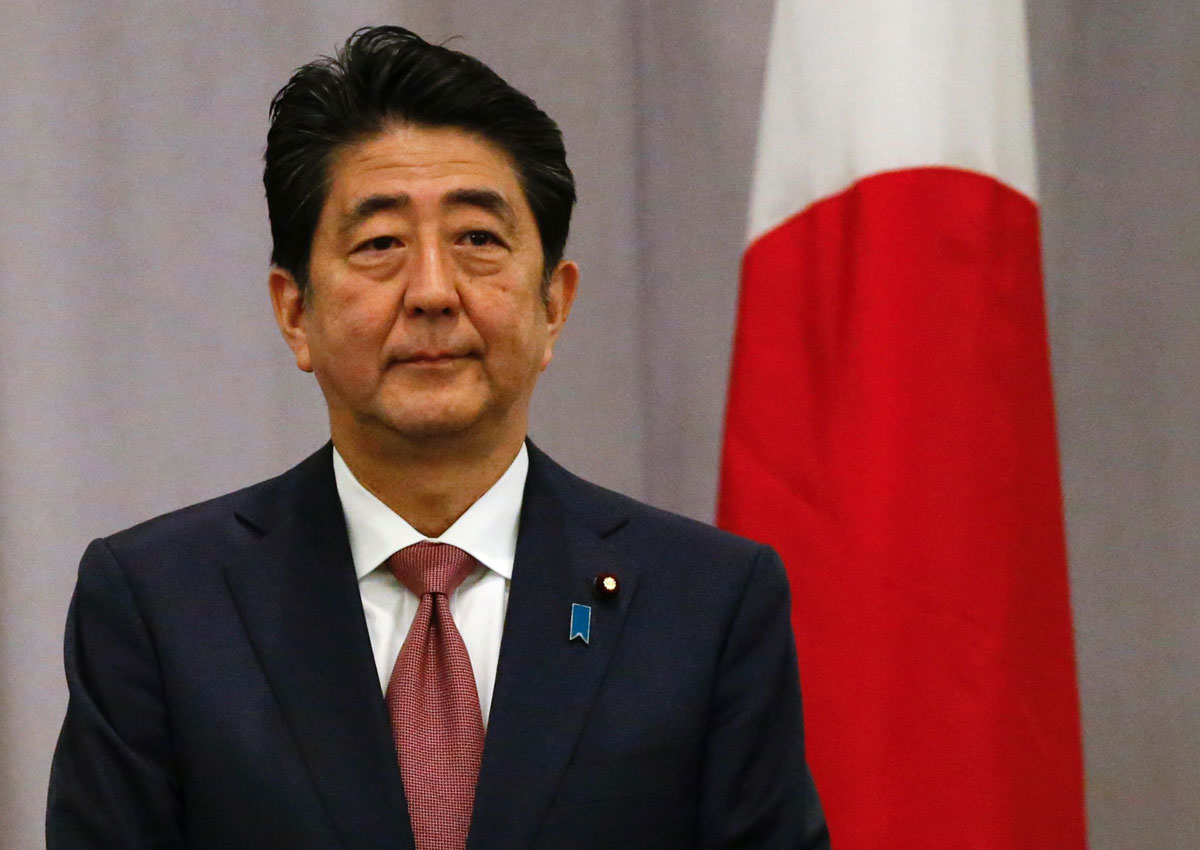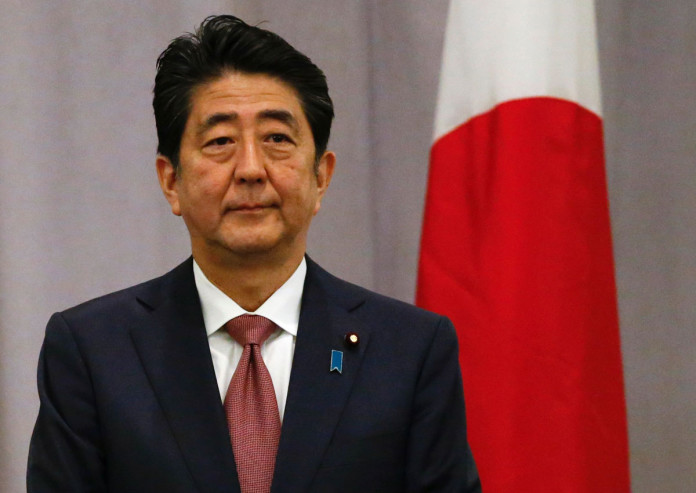Here’s why Japan badly needs the trade deal Trump promised to kill
Four years after Japan’s Prime Minister Shinzo Abe took office with a promise to revive his country’s moribund economy, that pledge is still largely unfilled.
The latest blow came with the GOP sweep of the US election, which all but killed an Obama administration Pacific-region trade deal that had already been on life support.
The topic will likely top Abe’s list of concerns when he meets with President-elect Donald Trump on Thursday, a week after Japan ratified the so-called Trans-Pacific Partnership.
Trump has called the 11-country trade deal “a rape of our country” and the “worst danger yet,” a sentiment shared by a large number of congressional Republicans.
Japan’s economy has virtually flat-lined for the last two decades, the result largely of a demographic shift that killed the growth in demand and left the government heavily in debt to cover the cost of social services for an aging population.
Abe pledged to revive growth with a “three arrows” approach, including deep cuts in interest rates, massive federal spending and regulatory reforms designed to cut red tape to encourage new business formation and expand the role of women in Japan’s shrinking workforce.
So far, only the first of those arrows has flown, as a flood of money from the Japanese central bank has kept the cost of borrowing at near zero. But the economy remains stuck in neutral, with household spending falling to record low levels.
“Japan needs more people, not more fiscal stimulus,” said Carl Weinberg, chief economist at High Frequency Economics. “Deflation and economic contraction are the inevitable consequences of depopulation.”
As domestic consumption has weakened, Japan has become increasingly reliant on exports, especially to Asian markets with smaller, developing countries that are seeing faster economic growth. Those countries make up most of the members of the proposed Trans-Pacific Partnership.
Now, the almost certain failure of the US to ratify the agreement has dealt Japan a setback in its efforts to boost exports to those countries.
Opponents of the deal argue that it doesn’t go far enough to “get tough” with trading partners seen as taking unfair advantage of existing trade deals.
But supporters predict that by lowering trade barriers, the partners would boost exports by nearly half a trillion dollars by 2030, when the deal was set to be fully in place, according to a report from the Peterson Institute for International Economics.
Japan would be one of the biggest beneficiaries of the deal, generating $125 billion (S$ 1.6billion) in additional income by 2030, adding another 2.5 per cent to GDP, the report said.
In the United States, boosting TPP partner exports would add 0.5 per cent of GDP, with annual exports rising by $357 billion, or 9.1 per cent of exports, by 2030.
With the TPP now all but dead in Congress, Japan and the other partners in the deal may benefit from the proposed Regional Comprehensive Economic Partnership, or RECP, an alternate trade deal that includes China and 15 other Asian countries.
Those countries include a larger share of Japanese exports, which could offer some relief from the failures of the TPP.
But Japan already has free trade agreements with most of the RCEP countries, according to Capital Economics economist Marcel Thieliant.
“The demise of the TPP will still do lasting harm to Japan’s long-term prospects even if the RCEP comes into force,” he wrote in a note to clients.


 Photo Gallery
Photo Gallery




